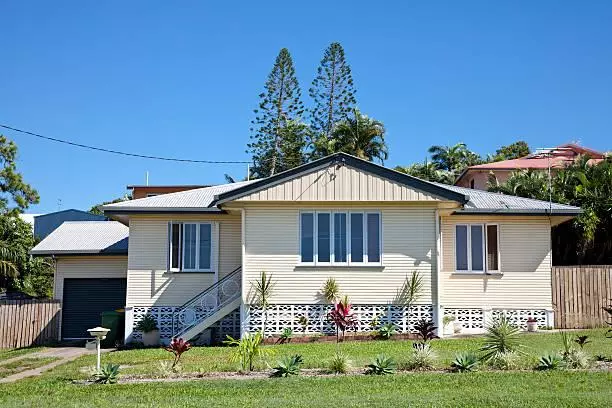
Australia to ban foreigners from buying existing homes for two years
This decision is likely to affect the large Indian population that moves to Australia for higher education and job opportunities

In a move to tackle surge in housing prices, Australian government led by Prime Minister Anthony Albanese has announced that foreign investors will be banned from buying existing properties for the next two years. This decision is likely to affect the large Indian population that moves to Australia for higher education and job opportunities.
Treasurer of Australia, Jim Chalmers and Minister for Housing, Clare O’Neil said in a statement on Sunday, “We're banning foreign purchases of established dwellings from April 1, 2025, until March 31, 2027.”
They said that once the deadline is reached, there would be further deliberations on whether the ban will be extended. This move is a part of the broader strategy of the ‘Labor’s massive housing agenda’, according to Clare O’Neil in The Guardian report.
Also read: Australian minister flags privacy concerns over China's AI chatbot 'DeepSeek'
1,800 properties to be freed
O’Neil’s told the Australian Broadcasting Corporation that this ban would most likely free up 1,800 properties per year for local buyers.
As per the policy, international students and international companies will not be able to purchase existing properties. However, they can invest in newly-built properties to encourage the housing supply. Workers on the Pacific visa scheme are exempt from the ban.
The Australian government aims to curb the practice of ‘land banking’ by foreign investors. Land banking is the practice of buying land as an investment and holding it for future use with no specific plans for its development.
The Australian housing crisis
In the upcoming general elections in May 2025, Australia’s top three issues will likely include the housing crisis and cost-of-living concerns. Australia has been reported as having one of the most unaffordable housing in the world.
According to property consultancy CoreLogic Inc., the property prices in Sydney have soared as much as 70 per cent over the past 10 years, with the median dwelling price around A$1.2 million further leading to spikes in rent prices, as per a Firstpost report.
According to Bloomberg, overseas investors were responsible for buying A$4.9 million worth of residential real estate, including vacant land and new, established dwellings - in the 12 months ended June 30, 2023.
The Sydney Morning Herald reported that foreign investors accounted for purchasing 5,369 residential real estate properties with one-third of them being existing dwellings.
Efforts made by Australian govt
According to a TOI report, $1.4 million has been allocated to the Australian Taxation Office (ATO) to enforce the ban and enhance foreign investment screening. The Guardian also reported that the Treasury and ATO will receive $2.2 million every year till 2030 and then $1.9 million from then on to increase auditing and compliance efforts against land banking by foreign investors.
Also read: Basmati war: India loses ground as Australia, NZ note it as Pak product
In May 2024, Opposition leader Peter Dutton proposed a similar policy but it was not considered by Jim Chalmers. However, O’Neil backed up the Labor Party’s current stance on the ban against foreign investors buying established properties, stating that it’s not about the politics and the government wants to get more Australians into their own homes.
Plans to address housing crisis
Peter Dutton has been a critic of the Albanese government’s management of the housing crisis. He said the crisis has deepened due to increased migration and a lack of residential infrastructure.
This ban has come after months of the Australian government passing housing reforms including a shared equity scheme and tax incentives for developers. Through these reforms the government aims to ease cost pressures and achieve the target of building 1.2 million new homes by 2030.

